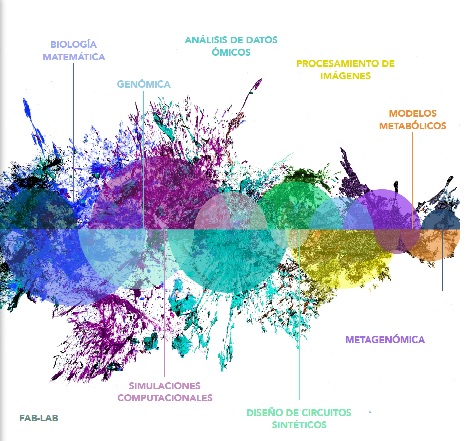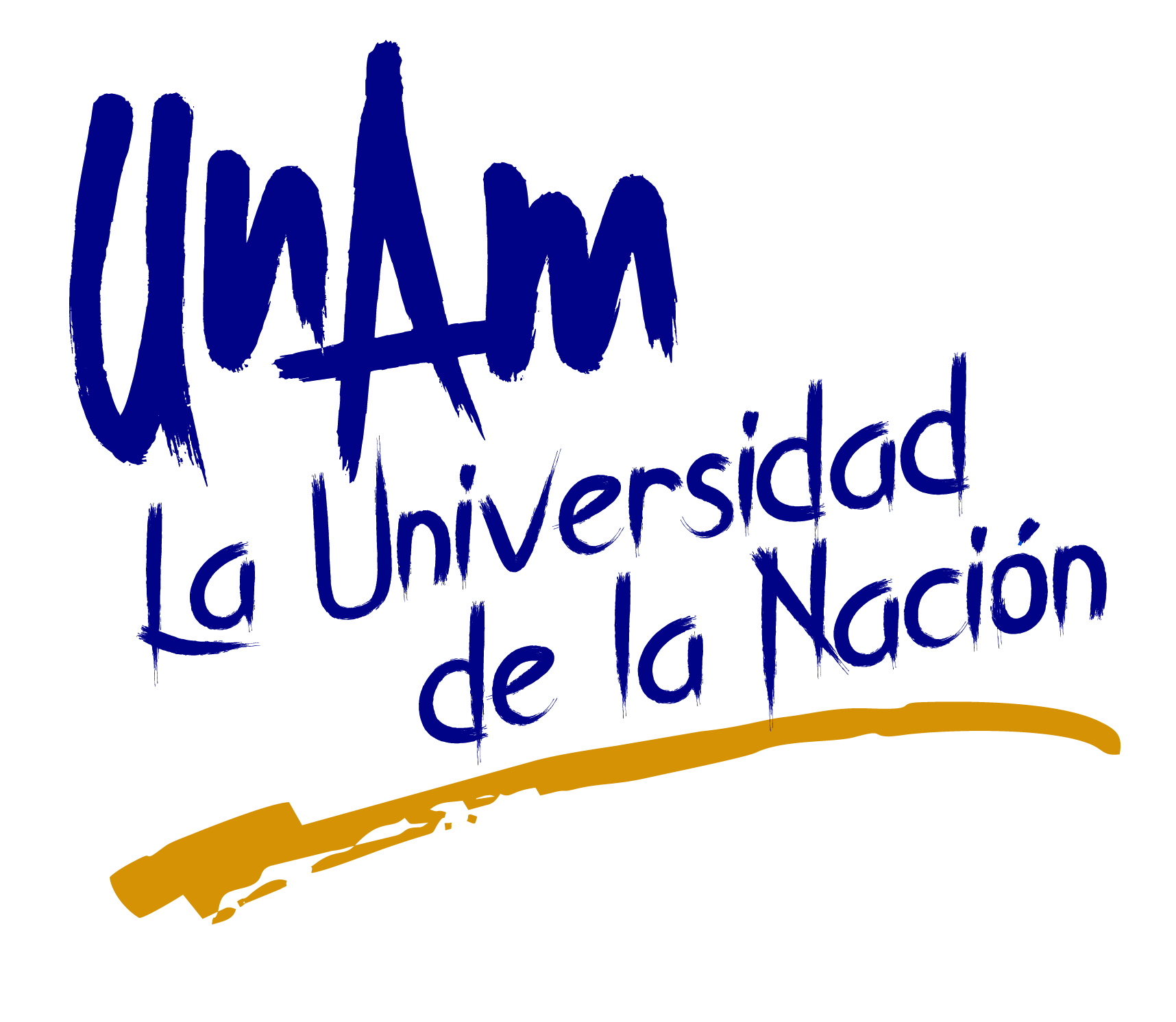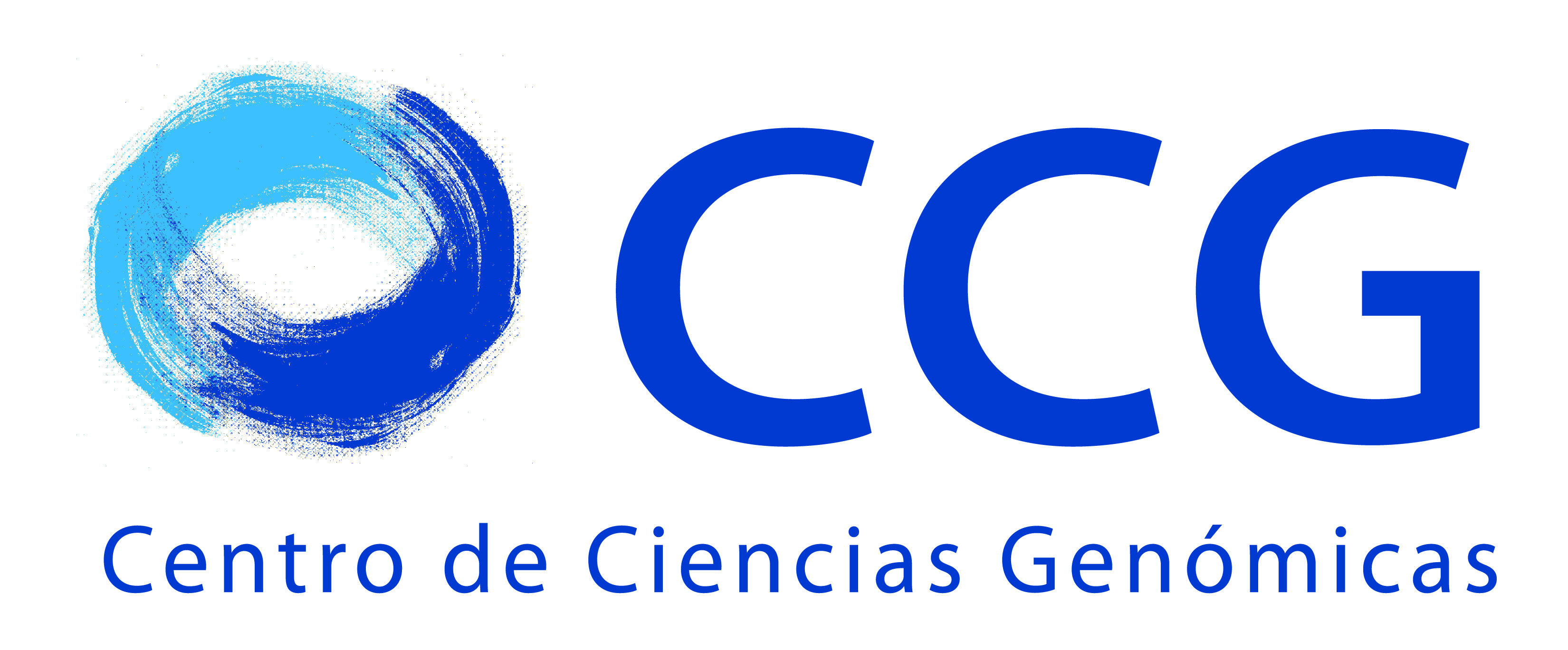Rhizobium etli-maize molecular interactions
Funding: CONACyT project 40997-Q
Participants: Monica Rosenblueth, Martha López Guerrero, Verónica Pérez Escalante, Marco Antonio Rogel, Esperanza Martínez.
Maize and bean have been grown in association for thousands of years in Mesoamerica . This probably stimulated their sharing of symbionts. We found R. etli , which normally forms nodules on bean, as a naturally occurring maize endophyte. Different R. etli strains were observed inside maize and in soil, meaning that selected clones, presumably more adapted for maize colonization, are found as endophytes. A dominant endophytic strain Ch24-10 was found to be highly competitive for maize colonization in spite of being closely related to CFN42, which colonizes maize poorly. Their differences in gene content are being studied as well as gene expression of Ch24-10 in the presence
of the plant. (Fig. 2 and 3)
|
|











